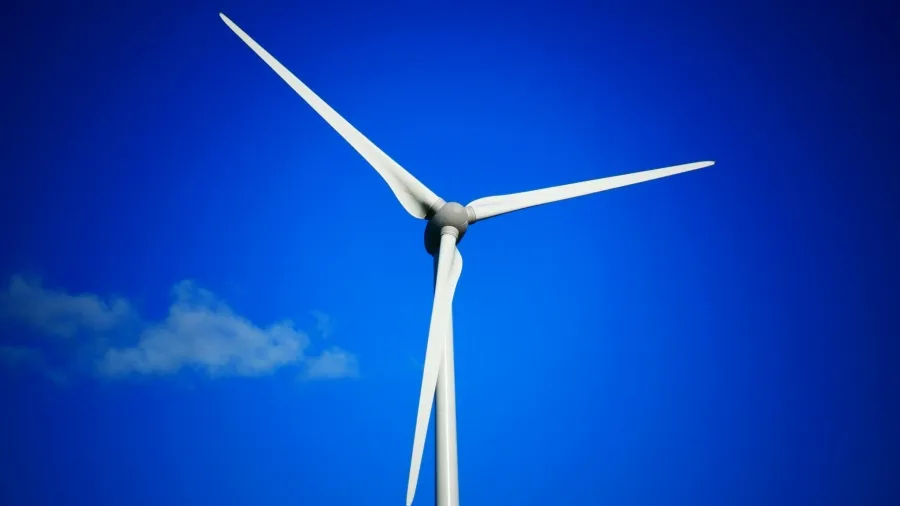
Offshore wind capacity in South Korea and Japan to surpass onshore installations
However, their offshore capacity is expected to only exceed 200 MW in 2025.
South Korea and Japan’s offshore wind capacity is expected to surpass onshore wind installations as the two markets are expected to install about 7.8 gigawatts (GW) and 4 GW of offshore wind capacity from 2024 to 2033, respectively.
In a report, BMI noted that the offshore wind installations are more than double the addition in offshore wind which is expected at 3.2 GW for South Korea, and 2 GW for Japan over the same period.
“[O]ffshore wind operates at higher efficiencies than onshore wind, owing to more consistent and higher wind speeds and the absence of terrain obstructions,” BMI noted.
“This allows for project operators to generate more electricity and increases the profitability of the project's operations,” it added.
ALSO READ: How Japan plans to accelerate energy, green transformation
However, offshore wind remains a nascent industry with South Korea and Japan both expected only to exceed 200 megawatts capacity in 2025 as current committed projects will only come by the latter half of the forecast.
BMI said it considered the construction lead times, project delays and commercial fundamentals from the challenges in “elevated input prices” over the short term, as well as grid integration.
“ As offshore wind projects tend to be located away from main transmission lines, grid expansion and the development of new offshore transmission facilities are required.,” BMI said.
“The consideration of maritime routes, and the construction of these transmission cables add to the complexity of developing an offshore wind project, hindering greater growth of these sectors over the short term,” it added.
Barriers to onshore wind
As both countries are developed markets, BMI noted that land prices will be high and land permits for onshore wind will be a challenge
Onshore projects are also expected to face public opposition because of a lack of proper public consultation.
There are also concerns about the subsequent sound pollution and alteration of landscapes.
“As a result, we are witnessing support behind offshore wind strengthen in these markets, exhibited by the creation of more offshore wind areas and the swift submission of proposals and project developments by investors,” BMI said.













 Advertise
Advertise











